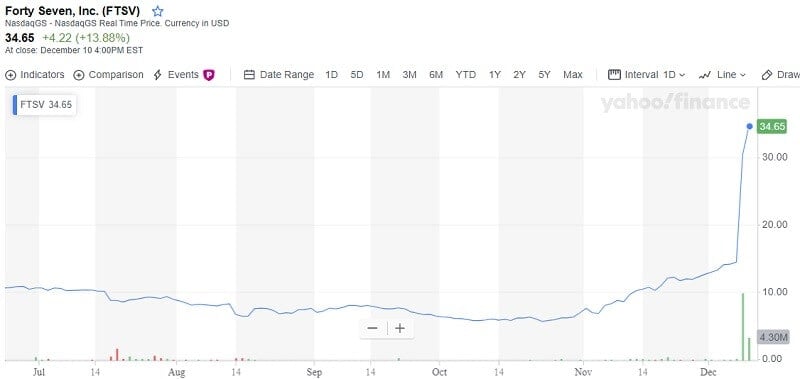
Create portfolios that will work no matter what the next year is going to bring. The recession will come or not, but your investments have to be protected.
By Guy Avtalyon
What to expect from the stock market in the year ahead? The stock market could correct itself during the early days of 2020. But, despite some dark predictions, the stock market may keep rising over the long run.
This is the last day (at the moment of writing) of the year during which the market was so unpredictable. At least, it was surprising.
For example, Uber’s IPO was followed by fanfare, and what happened? Great disappointment.
But many other stocks hit their highest-ever highs and quickly dropped to the lowest lows. The only truth in the stock market is that there will always be shocks.
Okay, that year is behind us so let’s take a look at what to expect in the stock market for 2020.
The stock market will rise more
The stock market boomed in 2019. The S&P 500 recorded a gain of 29.2% in 2019. Some analysts already told us the market will be down in 2020 but, to be honest, they could be wrong. Since the stock market rose over 20% in 2019 it is more likely in 2020 to see even greater returns than it was in the previous year.
What you have to do? the answer is simple. If you had good returns in 2019 and your investment portfolio was doing well, just stay with it. Why would you change the winners?
But…
Nothing related to the stock market is for sure and forever. There is always something to worry about. It’s our money. If you hold cash and not invest in stocks or somewhere else, your money will go anyway. So, don’t be frightened, come back to the market, and invest smartly. The year ahead could be promising. Build your portfolio, mix the assets, and avoid emotions. Yes, the stock market could be more volatile in the next year could since 2019 was much less volatile than the prior year.
Some unpleasant occasions may arise over the coming year.
Firstly, in January due to the January Effect. What is this? The January effect is an increase in stock prices during that month. But is a seasonal increase. Usually, In December, the stock market records an increase in buying, and the stock price is dropping. In January, stock prices will increase as always.
In fact, the January effect is a theory and calendar-related effect. Some small caps could be affected more than any other. But according to history, it was a case until several years ago. Since then, markets seem to have adjusted for it.
What to expect from the stock market
The stock market is pretty much unpredictable, we can only guess. Maybe the right question is what to expect from the investors. So far the majority showed spectacularly bad timing when it comes to stocks. They are selling and buying at the wrong time. Many of them are selling just before rallies or accumulate stocks when they have to sell.
If you believe that the market is increasing and that it is a predominant trend, adjust your portfolio for the ups and downs in 2020. But it is the same as always. Your actions will depend on what your expectations are toward the stock market in the next year. Maybe, you will invest more money when the markets are more volatile with the expectation that pullback is temporary, who knows?
The value stocks will come back
Yes, stocks are growth or value type. Growth stocks are so attractive and popular. Everyone is talking about them, they are in the headlines, media are paying a lot of attention to them and burn our brains too. The whole world is watching the stocks of Amazon, Facebook, Uber, and many others because the growth stocks are giving great returns, they are well-known companies, famous brands.
On the other side, we have value stocks. They are mostly companies form the utility industry, or energy or something else less attractive. Such stocks don’t have spectacular prices, the companies are not fast-growing.
Yes, the growth stocks are performing better results in growing markets but the value stocks will always do better in down markets.
To be told, the growth stocks are increasing their value year-to-year and some experts are expecting a reversal in 2020. So, growth stocks may change their prices and decrease.
A diversified portfolio will be helpful as always. If you hold any of these great players just sell part of it if you follow the experts’ estimations. At least, your portfolio will be less volatile.
What to expect from the stock market: The bear market is coming for sure
This prediction was wrong for many prior years. But, maybe the next year may confirm market bears’ expectations. We have a bull market and it showed a great strength over the year. It was faced with a yield curve inverted, trade war, Brexit, the possibility of a recession. Well, to add more pain into your lives, the bull market has to end at some point. Some experts expect that 2020 is that time.
So, what investors have to do is to hedge the risk and take some profit, of course. As the market motto advises “you will never go broke taking profits.” Maybe it is really time to take some profit from your investment. If you believe the downturn in the stock market will come for sure, be ready to reinvest big gains. What different could you do when the important selloff comes in 2020?
Will the recession surely come?
Recession is an element of any business. So, we can expect it to come at any time, sooner or later. It may happen in 2020 or 2021 or 2022, literally anytime. Many circumstances have an influence on it, we are witnesses of some, that’s true.
Investors shouldn’t adjust their portfolios based on guessing. However, it is smart to analyze your allocation. Maybe some stocks are out of balance. Let’s say you wanted to hold 50% in stocks but you noticed that suddenly you hold 70%. That would be a clear sign that is clever to exit some positions. Just adjust your portfolio with your risk tolerance and investment goals.
We all know that the stock market forecasts are useless. No one can predict how the market will perform. But still, we click on them to see and compare them with our opinions. The reduction of difficulties is in the essence of human nature.
However, investing in the stock market certainly includes difficulties and risks. Seeking out for expert opinions about what to expect from the stock market in 2020 can be the wrong way to lessen risks or uncertainty.
Investors must do their own examination. If you think the crypto will go up, just buy some of them or parts of them, or if you think Uber is a great investment, just buy some shares of it. A small portion will be quite enough notwithstanding that experts are expecting a big increase.
One is a-hundred-percent sure, you will make at least one mistake. Take it as certain. But that’s life and also, that’s investing, be prepared for that.
Just do your best to secure your right calls overpass your wrong ones.










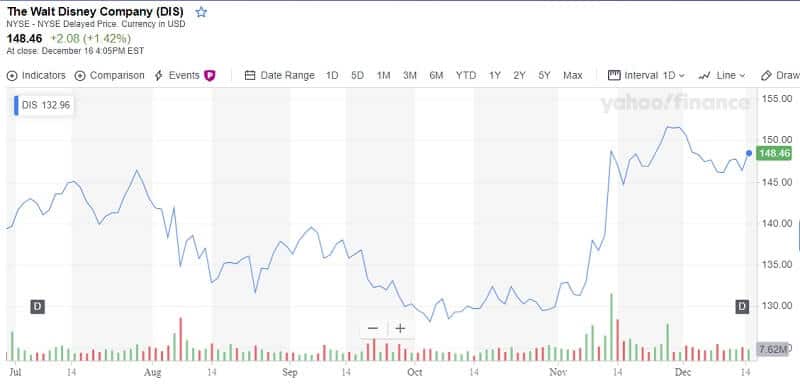
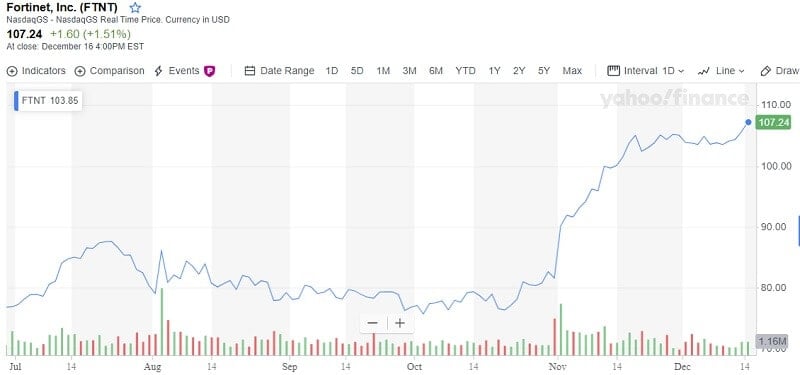
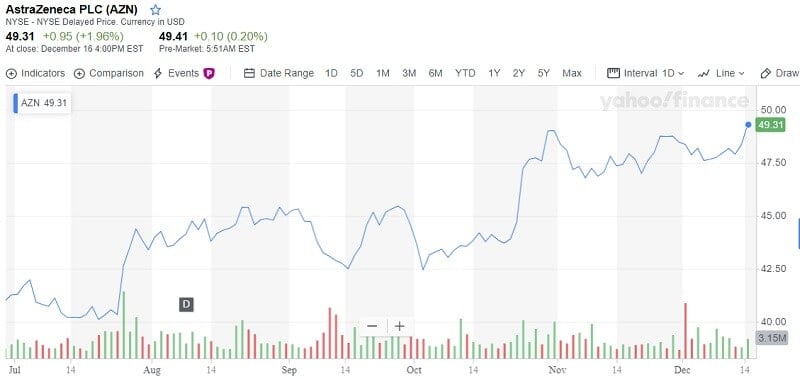

 Even without a product and with big risk, this stock could generate a large reward.
Even without a product and with big risk, this stock could generate a large reward.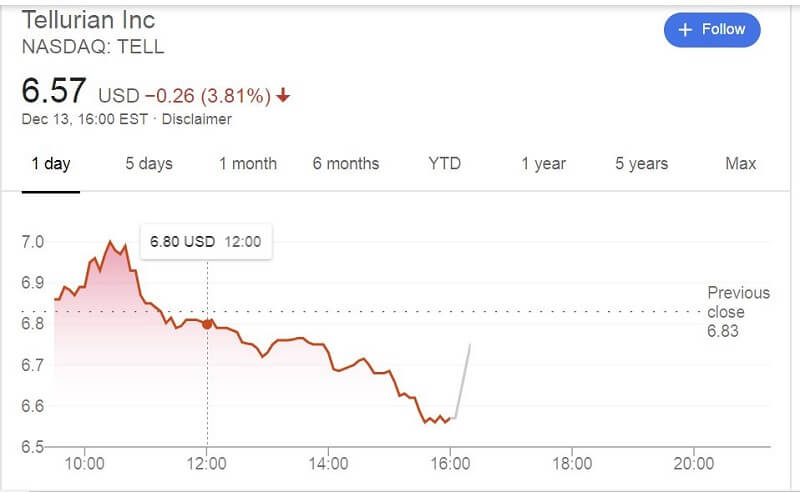


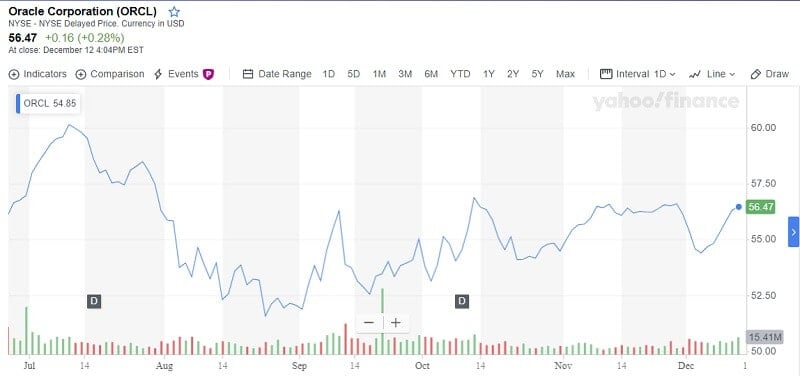

 Investors’ demand drove Saudi Aramco market value to $2 trillion on the first 2 days of trade in Riyadh
Investors’ demand drove Saudi Aramco market value to $2 trillion on the first 2 days of trade in Riyadh
 More and more countries allow medical and recreational use of marijuana. But the inconsistent set of rules and regulations cause that the companies involved in cannabis have problems.
More and more countries allow medical and recreational use of marijuana. But the inconsistent set of rules and regulations cause that the companies involved in cannabis have problems.


